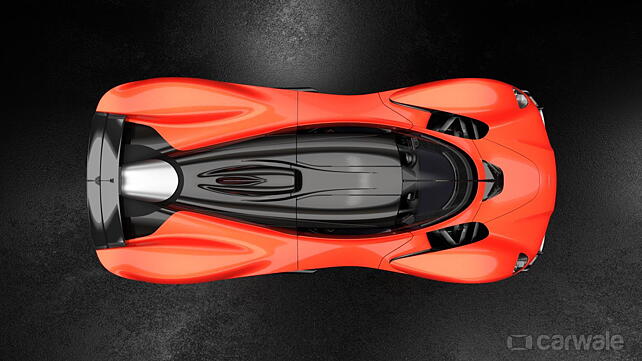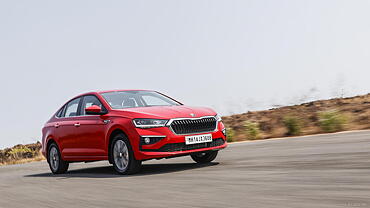
With the first Aston Martin Valkyrie prototypes beginning to take shape, the brand has revealed full performance figures of the car’s incredible hybrid powertrain. Developed in conjunction with long-time partner Cosworth, the new V12 hybrid setup has some jaw-dropping figures.
Displacing 6.5-litres, the 65-degree V12 sets new standards for maximum rpm and specific output with a peak power output of 1,000bhp (or 153.8 bhp-per-litre) at 10,500rpm, before revving out at 11,100rpm – figures that are unprecedented for a naturally-aspirated, emissions-compliant road car application. Peak torque is 740Nm at 7,000rpm. These peak outputs are purely delivered by the internal combustion engine, with a further performance boost delivered by the battery hybrid system.
The full hybrid system contributes an additional 160bhp of power and a further 280Nm of available to take the maximum output to 1,160bhp at 10,500rpm. Equally, with the full hybrid system, peak torque will stand at 900Nm at 6,000rpm.
Given the engine is a fully stressed element of the car (remove the engine and there is nothing joining the front wheels to the back) and the level of technology in the combustion system, keeping weight down was a huge challenge. Especially as the programme actively avoided use of extreme materiel alloys which are so new that material properties over time are unproven.
Aside from the major castings - block, cylinder heads, sump and structural cam covers - the majority of the engine’s internal components are machined from solid material. These include Titanium conrods and F1TM-spec pistons. Not only does this allow the use of material with ideal properties, but the ultra-fine machining process means greater consistency and components optimised for minimum mass and maximum strength. The result is an engine that weighs just 206kg. By way of comparison, Cosworth’s 3.0 litre V10 F1TM engines (the last before weight limits were imposed by the FIA) weighed 97Kg. If scaled-up to 6.5 litres this pure race engine would weigh 210kg.

![Aston Martin Vanquish [2012-2019] Image Aston Martin Vanquish [2012-2019] Image](https://imgd.aeplcdn.com/272x153/ec/21/CB/18902/img/m/Aston-Martin-Vanquish-Right-Front-Three-Quarter-52575_ol.jpg?t=144054410&t=144054410&q=80)















![Aston Martin Vanquish [2012-2019] Right Front Three Quarter Aston Martin Vanquish [2012-2019] Right Front Three Quarter](https://imgd.aeplcdn.com/199x112/ec/21/CB/18902/img/m/Aston-Martin-Vanquish-Right-Front-Three-Quarter-52575_ol.jpg?v=201711021421&q=80)
![Aston Martin Vanquish [2012-2019] Right Front Three Quarter Aston Martin Vanquish [2012-2019] Right Front Three Quarter](https://imgd.aeplcdn.com/199x112/ec/21/CB/18902/img/ol/Aston-Martin-Vanquish-Right-Front-Three-Quarter-52580.jpg?v=201711021421&q=80)
![Aston Martin Vanquish [2012-2019] Right Rear Three Quarter Aston Martin Vanquish [2012-2019] Right Rear Three Quarter](https://imgd.aeplcdn.com/199x112/ec/21/CB/18902/img/ol/Aston-Martin-Vanquish-Right-Rear-Three-Quarter-52581.jpg?v=201711021421&q=80)
![Aston Martin Vanquish [2012-2019] Left Rear Three Quarter Aston Martin Vanquish [2012-2019] Left Rear Three Quarter](https://imgd.aeplcdn.com/199x112/ec/21/CB/18902/img/ol/Aston-Martin-Vanquish-left-rear-three-quarter-52582.jpg?v=201711021421&q=80)
![Aston Martin Vanquish [2012-2019] Wheels-Tyres Aston Martin Vanquish [2012-2019] Wheels-Tyres](https://imgd.aeplcdn.com/468x263/ec/21/CB/18902/img/ol/Aston-Martin-Vanquish-Wheels-Tyres-52583.jpg?v=201711021421&q=80)


























